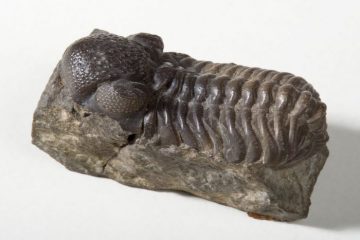Welcome!
This is an online adaptation of our 1hr “Fossil Finds” workshop. There is no substitute for gathering in person and handling real fossils, but if that is not possible, this is a great second best!
Science 2: Materials can be changed through physical and chemical processes
• Physical ways of changing materials, chemical ways of changing materials
Science 5: Earth materials change as they move through the rock cycle and can be used as natural resources
• The rock cycle, local types of earth material
Science 7: Evolution by natural selection provides an explanation for the diversity and survival of living things, Earth and its climate have changed over geological time
• Organisms have evolved over time, the fossil record provides evidence for changes in biodiversity over geological time
Earth Science 11: Earth materials are changed as they cycle through the geosphere and are used as resources, with economic and environmental implications
• Earth materials can be identified and classified based on their properties
Earth Science 12: Geologic time is preserved in Earth’s rock record as fossils and reflects profound changes in the history of life on Earth
• The geologic time scale sequences the major events in Earth’s history, the fossil record, dating methods of rocks and events, Earth’s past can be reconstructed by correlating fossils and rock strata
Goals
After exploring this workshop you should be better able to ...
- characterize whether a specimen is a body fossil, trace fossil or not a fossil
- recognize for any given specimen whether is was formed by mineral replacement, as a mold or cast or is in fact unaltered biological material
- distinguish between relative and absolute dating
- apply rules for relative dating to place fossils in the most likely sequence within a model of the underground layers.
Outline
Follow links to explore each interactive module. In our face to face workshop, we take you through all four in the order shown.
- Module 1: Introduction
- Module 2: Fossil types
- Module 3: How are fossils made?
- Module 4: Dating, or how old is it?
- We end with a "dating game".

